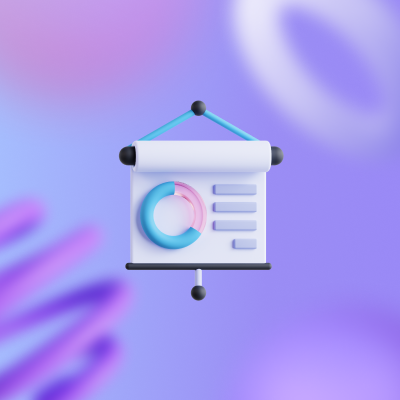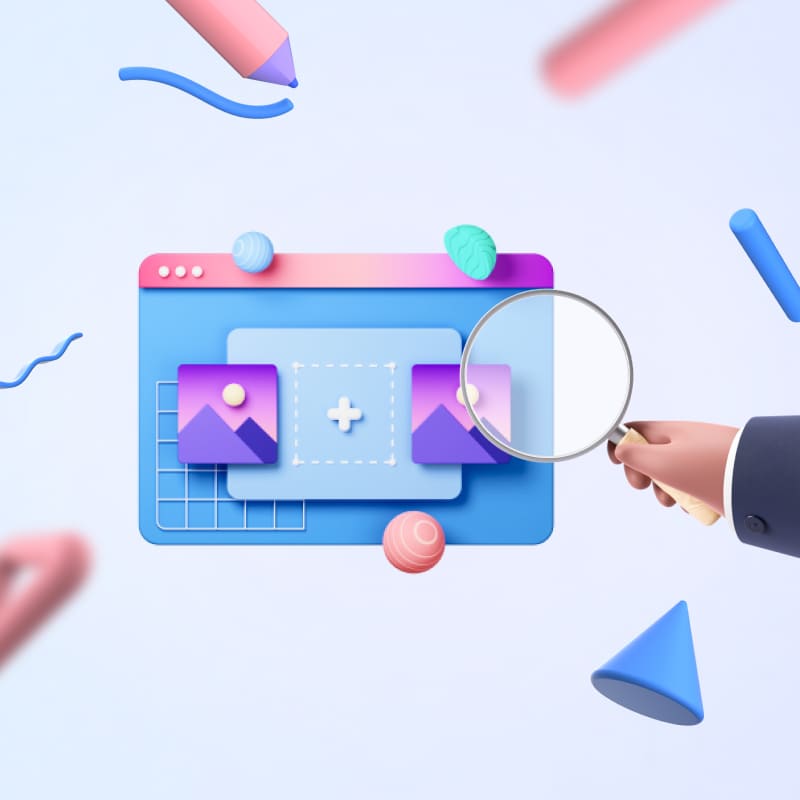
Don’t have enough time for lunch or dinner but need to keep hunger pangs at bay? Grab a handful of nuts, a sandwich, a mini protein bar or a carrot. Stressed out during peak work hours and need a break but can’t afford to go away? Take a 15-minute power nap to recharge and hit the grind right away! And who doesn’t love those short, crisp, engaging videos that tell you all you need to know about something in two to six minutes. Truth be told, we all love to take or do things in bits and bites.
Taking things in bite sizes has become a thing that appeals to many people, and this extends to learning. Our attention span as humans has dropped from 12.5 seconds in 2000 to 8 seconds in 2013, and there’s a high likelihood that it has reduced even more now. Advertisers know this, which is why ads aim to grab your attention within the first three seconds.
In the workplace, learning has gone from being a massive block of time away from work to something that could be managed alongside work. Generally, the total global revenue in the education segment is projected to reach US$7.08 billion in 2022 as the digital explosion continues to transform the way we do business and function. In January 2022, 75% of employees worldwide were satisfied with reskilling and upskilling received digitally in the workplace, as these have escalated significantly in the last few years.
Contents
-
What is bite-sized learning, and how does it compare to traditional learning?
-
Why is bite-sized learning impactful?
-
The 7 benefits of bite-sized learning
-
Higher retention
-
Improved learner performance
-
Sharper perception and memory
-
Enhanced engagement
-
Mobile-friendly interface
-
Learning just-in-time
-
Better value for money
-
-
FAQs
-
How is bite-sized learning used?
-
What is a bite-size assessment?
-
What is another word for bite-sized learning?
-
What is bite-sized learning, and how does it compare to traditional learning?
Picture short bursts of learning via video clips or interactive slides over day-long preaching sessions. Oops! I meant teaching sessions. Bite-sized learning or microlearning is learning done in small portions over a period. It entails breaking down learning (modules) into smaller chunks that are easy to understand or assimilate in one go without losing the learning objective. This contrasts with substantial learning that attempts to say a lot at once or within a short period, also known as traditional learning.
For instance, a few years ago, my friend Sarah, spent the day taking a class in forex trading because her company was expanding its business. A “crash course” was expected to help her sponge in all the learning and share it with her colleagues when she returned to work. Guess what? By Monday, when she returned to work, a good deal of what she had learnt on Saturday had gone fuzzy. Did Sarah intentionally spend six hours learning something, only to forget it completely later? No! However, she could not absorb, understand and regurgitate the information because she had suffered from an information overload. Too much to learn in a small amount of time. During the lockdown, I signed up for an introductory coding class and learned over two weeks (which I extended to three) how to write code. By taking short bursts of the course and having time to review the videos and other materials again, I understood and picked up the relevant skills from the course.
Why is bite-sized learning impactful?
Consuming 3-7 minutes of knowledge at once enhances understanding and assimilation, making it more easily transferable or actionable. Indeed, how does one apply knowledge if it is not understood? 60% of what we learn each day does not make it to the next, so it is foolhardy and counter-productive to cram so much learning into a single day. With bite-sized learning, you can ensure that your employees or other learners like partners and customers get the desired learning; this way, resources are optimally used, and costs are astronomically reduced.
The 7 benefits of bite-sized learning
Here are seven benefits of bite-sized learning that help drive my point.
1. Higher retention
As I explained, measured bits of learning aid the retention process as employees are more likely to learn better and understand learning when there is no pressure to absorb so much. So, bite-sized learning helps to cheat on the forgetting curve as it enables better processing of acquired knowledge, leading to improved retention.
2. Improved learner performance
With improved retention, the goal of training is achieved, i.e., reskilling, upskilling, cross-skilling or continuous professional development (CPD). Ultimately, learning is complete and can be applied to tasks and improve the performance of tasks. Additionally, better performance in terms of know-how or efficiency boosts morale and triggers zeal to keep performance and efficiency up.
3. Sharper perception and memory
When there are intervals between learning, learners have the opportunity to process what has been learnt and break it down. This makes them insightful about the subject matter and better understand and memorise it.
4. Enhanced engagement
I confess. Years ago, I attended an 8-week onboarding training programme that ran from 9 till 5 with tea and lunch breaks. Gawd! Especially after those hearty lunches, my eyes were always heavy. In sharp contrast, with the one-on-one activities embedded in bite-sized learning modules, learners are engaged the whole time. Quizzes and the user interface are just two ways that engagement can be incorporated into learning; it sends boredom a one-way ticket out of the picture.
5. Mobile-friendly interface
2018 might seems like just yesterday (or maybe not, in light of the pandemic and lockdowns); however, organisations have moved significantly away from the position of not allowing employee devices access to work-related learning. At the time, 31% and 22% of employees respectively reported that their organisations either did not grant mobile access or their devices could not support the e-learning (software) required. Mobile is the new “everything”, and organisations have been forced to evolve. Mobile accommodates bite-sized learning without wearing out the modern learner; it just makes sense.
6. Learning just-in-time
There’s nothing like having it when you need it. Are you stuck at work because you can't understand the new software installed while you were away on holiday? You forgot to take the introductory module you were advised to take over the weekend? No problem. Swipe open your phone and shimmy straight to that topic. Get exactly what you need when you need it without having to sieve through tons of training materials. Phew! I remember the dossiers from that 8-week training I spoke about earlier. Bite-sized learning is literally a breath of fresh air in comparison.
7. Better value for money
The biggest win with bite-sized learning for you as an L&D manager is what it saves you. A whole block of savings is what you get in return for offering your bite-sized learning in the workplace. You get to save on person-hours lost to training absences, the cost of training venues, the cost of specialists to offer training, and a host of other costs.
I bet you need no more convincing on why bite-sized learning is such a goodie. Microlearning or bite-sized learning is equipped to provide access to learning at the discretion of learners and sets up the organisation for productivity and agility in one swoop. By cutting down the cost of training by 60% and saving course creation time by 300%, according to learning expert Ray Jimenez, bite-sized learning is the way to go.
My Learning Hub’s blended learning module capabilities and learning paths enable you to create a media-rich, personalised learner-centric experience for end users. Book a demo session to learn more about bite-sized learning today.
Frequently asked questions FAQ










